I bear this fruit to signal change
Savor my sweetness when it’s time
I’ll face the sun, you’ll find your way
I know I’m right where I belong
Black Tapestry is a tribute to the texture of darkness, and rest assured, it’s not as ominous as it sounds. Sisi and Ian, who started their musical escapade nearly two decades ago, have dabbled in everything from anarcho folk-punk to noise, metal, and electronic music.
Nestled amidst the cacti and juniper of northern Arizona, Sisi and Ian pen music that beckons listeners into the desert’s desolate cradle. Picture yourself lounging under the desert sky, the stars twinkling like cosmic disco balls, while their tunes wash over you. They blend live instrumentation—think guitars and vocals—with the cold, pulsing rhythms of electronic drums and analogue synthesis. Imagine a musical buffet where you can sample everything from rebellious folk to headbanging metal, and you’ll get a sense of their eclectic journey. In late 2021, they finally decided to distill their varied tastes into one cohesive project: the result is fringe post-punk that tips its hat to postwave. Black Tapestry’s extensive use of effects and live sound manipulation draws inspiration from the likes of Bauhaus, Devo, and Fugazi; exploring the interplay between light and shadow, form and void, inviting us to explore the profound depths of our own inner worlds.
In June of 2022, Black Tapestry released their first album, Monsoon, and six months later, they released the self-remixed Monsoon Revamped. Now, the duo has released their second studio album, OUTSIDE.
Leadfoot depicts a relentless drive towards freedom and adventure, embracing chaos and fearlessness. The journey involves speeding towards the unknown, symbolized by the sun, with a “leadfoot” urgency. The message is clear: the only way to escape challenges is to face them head-on and push through. 17 Years evokes a blend of electric intensity, introspective questioning, and surreal landscapes. The narrator experiences a profound transformation, symbolized by a deep, internal change, while confronting the mysterious and unsettling elements of their journey.
The familiar feeling of doom in Cornered is accompanied by the sting of venom and a betrayal of the heart. One recalls the joy of freedom, now threatened by those who seek to take it away, heightening the sense of urgency and fear. Likewise, a sense of existential ambiguity and emotional void plagues Empty. Things that seem insignificant or confusing lie within the repetitive “rhythm of the feel.” The juxtaposition of contradictory ideas—seeing something that means nothing, going nowhere that leads somewhere—emphasizes the cyclic and hollow nature of their experience.
Crimson River depicts a relationship marred by betrayal and disdain. The repeated desire to cleanse and the imagery of blood highlight themes of purification and deep-seated resentment. The final verses underscore a sense of possession and the inability to give or take more, indicating a profound sense of entrapment and emotional exhaustion.
The standout track Prick delves into the importance of making crucial decisions based on one’s personal beliefs rather than yielding to peer pressure. Sometimes, it’s better to be a prickly pear than a conforming cactus. Its discordant, effect-heavy guitar chords weave through swirling, warped synths, occasionally pierced by agonizing, distorted riffs and sharp snares. Amidst this chaos, sparkling, wistful melodies and high-pitched, weeping leads emerge, embodying cold lust, warm angsty fear, and bursts of moody vocal intensity.
Carrion depicts a grim scene of decay and predation, where carrion waits for the inevitable under the blazing sun. The cycle of life and death continues as the remains are torn apart. The lyrics highlight themes of greed and fear, suggesting that taking more than needed leads to madness and disconnection. Consuming what is unnecessary brings sadness and sickness. The imagery of a vulture circling and a man consumed by rot underscores the relentless and destructive nature of these impulses, painting a vivid picture of the darker aspects of existence.
We encounter a desolate apocalyptic wasteland in R66, where remnants of human progress decay amidst a steel graveyard. The peeling pavement resembles blistered skin, reflecting the inherent depravity of humanity. As relics of the past lie abandoned, Route 66 stands as a bleak testament to what once was. The legacy has crumbled, with lead paint peeling off, symbolizing the end of an era. There is a sense of hopelessness, with nothing left to cling to, and dreams shattered.
White Sands describes the haunting aftermath of a cataclysmic event. The burning sensation in the lungs symbolizes the lingering impact of an atrocity that can’t be undone. The mention of Project Trinity underscores the devastating consequences of human actions on the environment, resulting in a mutated biome and a devolving earth. The refrain echoes the sentiment of an apology never given, emphasizing that the end marks a new, grim beginning.
Finally, Night Friends addresses déjà vu and existential uncertainty, as strangers with hollow eyes meet in the dark, not understanding what they are. The inevitability of entropy suggests things may have gone too far, while stars paint a black tapestry to illuminate the darkness. The end of a chapter is marked by the farewell to “night friends.” There is a reflection on the difficulty of being accepted at one’s best and the ease of conforming to the norm. Despite the end, there is a call to embrace a shared inner light and desire, symbolized by a chalice full of fire, inviting connection and purpose amidst the chaos.
OUTSIDE is currently available to stream everywhere. Listen below and order here:
Listen to the album via Spotify here.
Follow Black Tapestry:

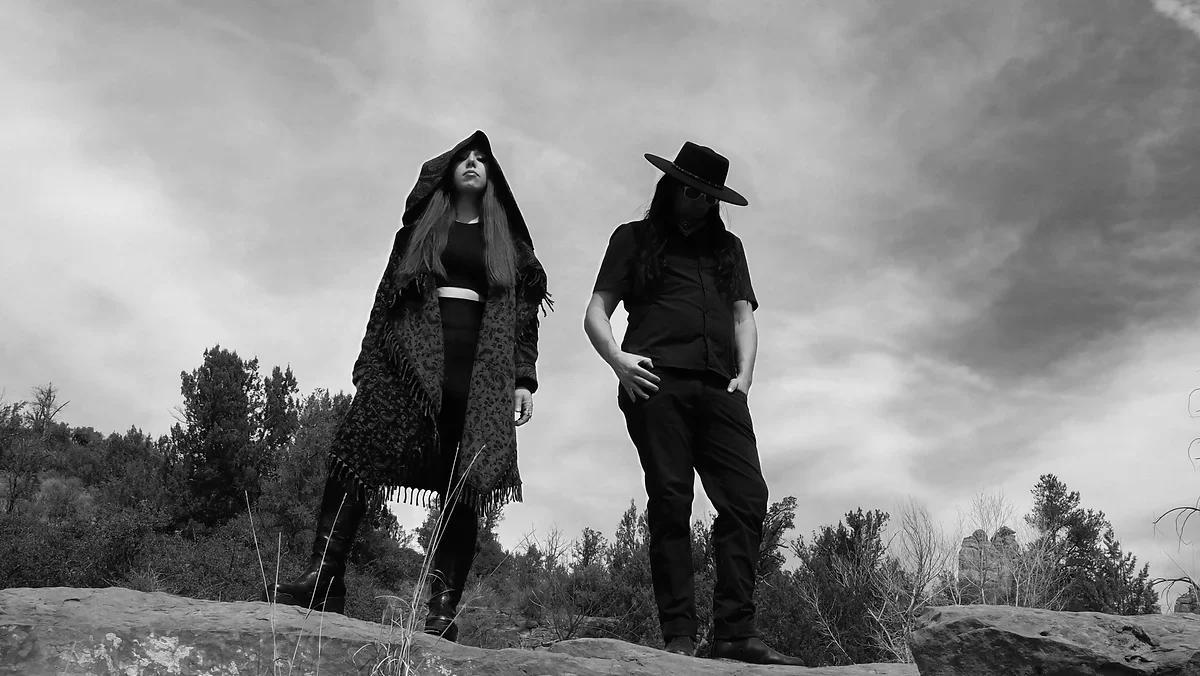



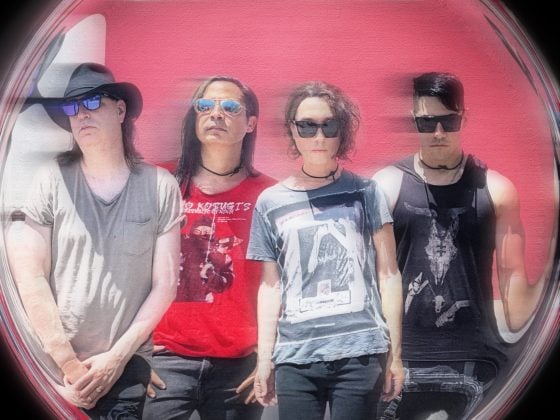
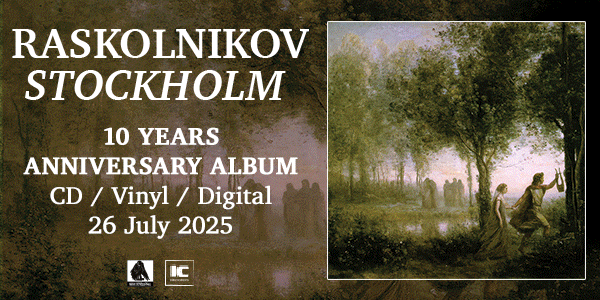






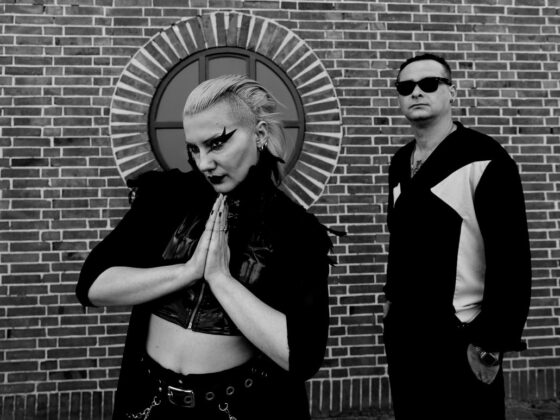


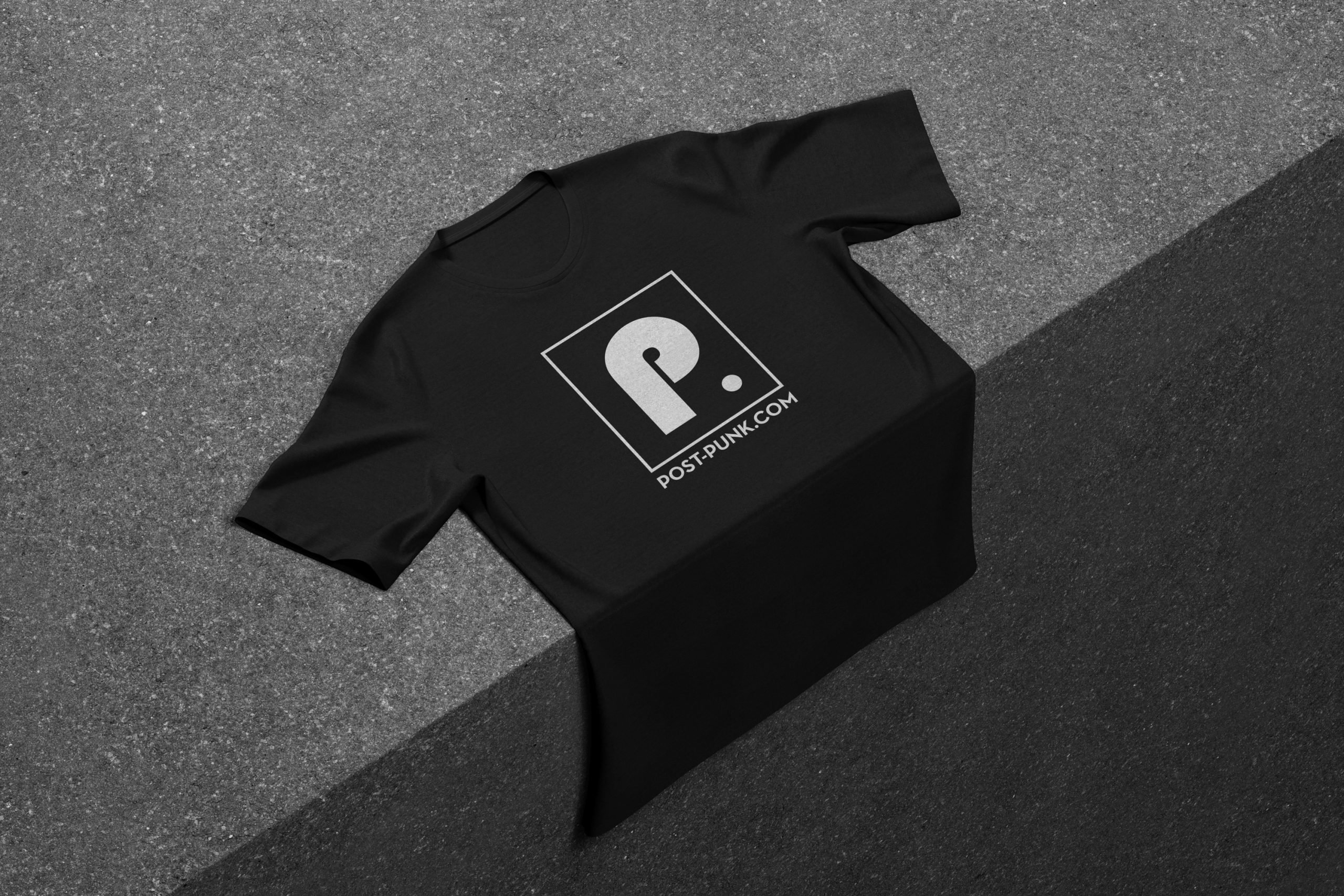 Or via:
Or via: